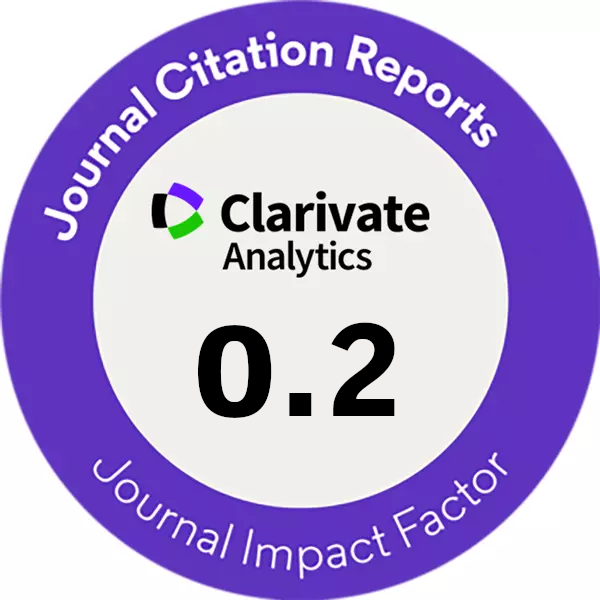NUMERICAL STUDY OF THE WIND TURBINE WAKE FLOW AND EFFECTS OF THE INFLOW TURBULENCE
DOI:
https://doi.org/10.14311/CEJ.2018.04.0044Keywords:
Actuator disk, Actuating line, Wind turbines wake, CFD, Numerical simulationAbstract
Considering the fact that wind turbines operate at the bottom of the atmospheric boundary layer (ABL) where the turbulence is at a high level, and the difficulty of mesh generation in the fully modelled numerical simulation. It is necessary to carry out researches to study the wake flow of wind turbines with consideration of the inflow turbulence. Therefore, a numerical method generating turbulence was proposed and the results show good agreement with those in experiment, based on which the flow fields in the wake of a wind turbine at two tip speed ratios were examined in detail through three actuator methods, namely, ADM, ADM-R and ALM. The performances of these methods were studied and the error sources for each method are clarified. Moreover, the computational efficiency was revealed and the influencing factor for the efficiency is concluded. Besides, the equilibrium relation of the N-S equation in the wake is revealed, which provides a theoretical basis for the optimal arrangement of the wind turbine. It shows that the mean velocity and fluctuating velocity vary greatly near the wind turbine, and become stable gradually away from the wind turbine. The results of ALM method show the best agreement with the experiment. At near wake region, the turbulent stress term, pressure gradient term and convection term mainly contribute to the equation equilibrium, and convection term is in equilibrium with the turbulent stress term at far wake. The results of ALM method are the most accurate and the most time consuming.
Downloads
References
Hand M M, Simms D A, Fingersh L J, et al.,2001. Unsteady aerodynamics experiment phase VI: wind tunnel test configurations and available data campaigns. National Renewable Energy Laboratory, Golden, CO, Report No. NREL/TP-500-29955
Schreck S., 2002. The NREL full‐ scale wind tunnel experiment Introduction to the special issue. Wind Energy, 5(2-3): 77-84.
Alfredsson, P.H. and J.A. Dahlberg.,1979. A preliminary wind tunnel study of windmill wake dispersion in various flow conditions. Part 7.
Ebert, P.R. and D.H. Wood.,1999. The near wake of a model horizontal-axis wind turbine—II. General features of the three-dimensional flow field. Renewable Energy, 8(4): p. 513-534.
Simms, D., et al.,2013. Wind tunnel testing of NREL's unsteady aerodynamics experiment. In 2001 ASME Wind Energy Symposium.
Yan Haijin, Hu Danmei, Li Jia.,2010. Numerical simulation of flow field in impeller of horizontal axis wind turbine. Journal of Shanghai University of Electric Power, 26 (2): 123-126.
Li Shaohua, Yue Weipeng, Kuang Qingfeng, et al.,2011. Numerical simulation of double turbine wake interaction and array. Chinese Journal of Electrical Engineering, 31 (5): 101-107.
Yang Rui, Xia Wei, Wang Tingting, et al.,2016. Application of actuating disk model in wind farm. Journal of Lanzhou University of Technology, 42 (1): 66-69.
Ren Huilai, Zhang Xiaodong, Kang Shun, et al.,2017. Simulation analysis of wind turbine tail flow based on non-uniform actuation disk. Hydroelectric Energy Science, (2): 193-195.
Li Pengfei, Liu Jiancheng.,2016. Numerical simulation of wake field of wind turbine based on actuation line model. Research and Progress of Hydrodynamics, (2):127-134.
Han Xingxing, Xu Chang, Liu Deyou, et al.,2016. An actuated disk model for wind farm based on average wind speed of wind turbine. Journal of Engineering Thermophysics, V37 (3): 501-506.
Zhao Feng, Duan Wei.,2010. Parameter Analysis and Strength Calculation of Wind Turbine Blades Based on Element-Momentum Theory and Finite Element Method. Journal of Mechanical Design and Manufacturing, (8): 42-44.
Zhu Chong.,2012. Numerical simulation of wake flow field of wind turbine. Nanjing University of Aeronautics and Astronautics.
Tian Linlin, Zhao Ning, Zhong Wei, et al.,2011. Study on the calculation of the long wake of wind turbine. Air Dynamics, 29 (6): 805-809.
Hou Yali, et al.,2016. Study on the effect of wind shear on turbulence characteristics of wind turbine wake. Chinese Journal of Mechanical Engineering, 52 (16): 149-155.
Ishihara Meng, Qian Qiwei.,2016. Numerical prediction of wind turbine wake and proposal of analytical model. Symposium on Wind Engineering Symposium Proceedings of 24th Wind Engineering Symposium The Japan Wind Cooperation Association, 151-156.
Martin O L H.,2009. Aerodynamics of Wind Turbines. Xiao Jinsong, translated. Beijing: China Electric Power Press.
Masaya Yamauchi, Meng Ishihara, Yozo Fujino.,2016. Proposal of a new analytical model for finding the windmill late flow. 58th Annual Scientific Lecture of JSCE, I-132.
Downloads
Published
Issue
Section
License
Copyright (c) 2023 Author

This work is licensed under a Creative Commons Attribution-NonCommercial 4.0 International License.
Authors who publish with this journal agree to the following terms:
- Authors retain copyright and grant the journal right of first publication with the work simultaneously licensed under a Creative Commons Attribution License that allows others to share the work with an acknowledgement of the work's authorship and initial publication in this journal.
- Authors are able to enter into separate, additional contractual arrangements for the non-exclusive distribution of the journal's published version of the work (e.g., post it to an institutional repository or publish it in a book), with an acknowledgement of its initial publication in this journal.
- Authors are permitted and encouraged to post their work online (e.g., in institutional repositories or on their website) prior to and during the submission process, as it can lead to productive exchanges, as well as earlier and greater citation of published work (See The Effect of Open Access).










